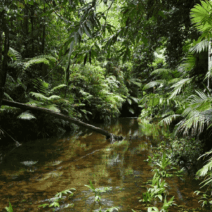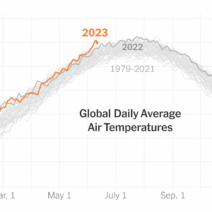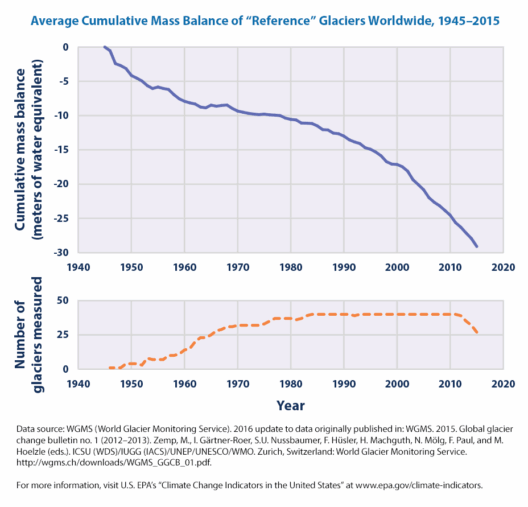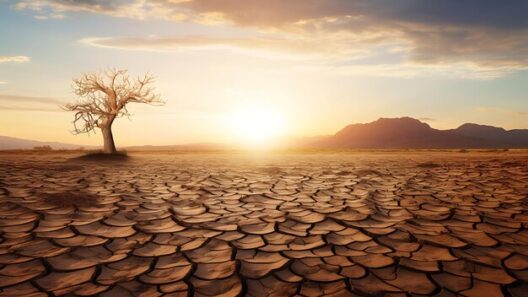In the ongoing discourse surrounding climate change, the role of flora in mitigating environmental degradation warrants scrutiny. Among the myriad of plant species, palm trees stand as an intriguing case. Are they friends or foes in the climate battle? This inquiry necessitates a multifaceted examination of their ecological contributions, adaptability to changing climates, and the socio-economic factors at play.
First, it is critical to understand the ecological role of palm trees. Palm species, comprising over 2,600 varieties, thrive in tropical and subtropical climates. They serve as vital components of their ecosystems, offering habitat and nourishment to various fauna. For instance, palm seeds and fruits are a food source for numerous bird, mammal, and insect species, thus facilitating biodiversity. Additionally, their wide canopy provides shade, reducing heat in surrounding areas and consequently lowering energy demands for cooling in nearby human settlements.
An essential aspect to consider is the carbon sequestration potential of palm trees. All plants absorb carbon dioxide (CO₂) through photosynthesis, but palm trees exhibit unique characteristics that may enhance their carbon-dioxide-absorbing capabilities. They typically grow rapidly and can reach considerable heights, resulting in substantial biomass accumulation. However, this capacity is tempered by the understanding that most palm trees originate from tropical rainforests, ecosystems that are themselves under considerable threat from deforestation. When these forests are cleared for agriculture or urban development, the carbon stored in these trees is released back into the atmosphere, exacerbating global warming.
Yet, the argument shifts when palms are cultivated sustainably. For instance, palm oil, derived from the oil palm tree, is a widely used commodity. When grown on degraded lands, palm oil plantations can offer an alternative means of income and carbon sequestration, thereby potentially mitigating some negative impacts associated with deforestation. This duality illustrates a crucial point: sustainable management can transform palms from adversaries into allies in the climate battle.
Nevertheless, the rapid expansion of palm oil cultivation has often been linked to environmental degradation. Unsustainable practices not only threaten biodiversity but can also lead to soil degradation and water pollution. The conversion of tropical forests into palm oil plantations has had devastating impacts on species such as orangutans and tigers, whose habitats are stripped away. Therefore, the question of whether palm trees are good or bad hinges largely on cultivation practices and the management frameworks established to govern these practices.
Moreover, the aesthetic and economic value of palm trees cannot be overlooked. Urban environments that incorporate palm trees often see enhanced property values and tourism appeal. Cities like Los Angeles and Miami have embraced palms as iconic symbols of their identity. This phenomenon fosters a deeper connection between communities and their environments, enhancing public support for environmental initiatives. Thus, palms can act as a bridge connecting citizens to broader environmental issues, raising awareness about climate change and the need for proactive measures.
As the planet’s climate continues to change, the adaptability of palm species becomes increasingly relevant. Some studies indicate that certain palm varieties may migrate northward as global temperatures rise, enabling them to inhabit previously inhospitable regions. This adaptability might alter local ecosystems, with implications for species interactions and biodiversity. It raises a poignant question: if palms do indeed become more widespread due to climate change, will they enhance or inhibit local efforts to combat environmental challenges?
Notably, the introduction of non-native palm species into new areas prompts debate regarding ecological balance. In some instances, these species can become invasive, outcompeting local flora and disrupting established ecosystems. Careful consideration must be devoted to ensuring that the introduction of palms does not inadvertently contribute to ecological imbalance, exacerbating challenges that arise from climate change.
Education and policy play pivotal roles in determining the impacts of palm cultivation on climate. Governments and organizations are increasingly recognizing the need for regulations that promote sustainable practices within the palm industry. For example, certifications such as the Roundtable on Sustainable Palm Oil (RSPO) aim to ensure that palm oil is sourced from environmentally responsible producers. By fostering consumer awareness and encouraging sustainable choices, both the demand and supply sides can be leveraged to promote climate-friendly palm cultivation.
In conclusion, palm trees embody a complex dynamic in the climate battle. Their ecological contributions and potential for carbon sequestration position them as both ecological allies and adversaries, contingent upon human intervention and management strategies. While they offer significant benefits, the detrimental effects of unsustainable practices must be meticulously mitigated to safeguard ecological balance and biodiversity. Ultimately, the determination of whether palm trees are good or bad for the climate hinges on our collective efforts to cultivate them responsibly, establish effective policies, and embrace sustainable practices that align with our climate goals.








